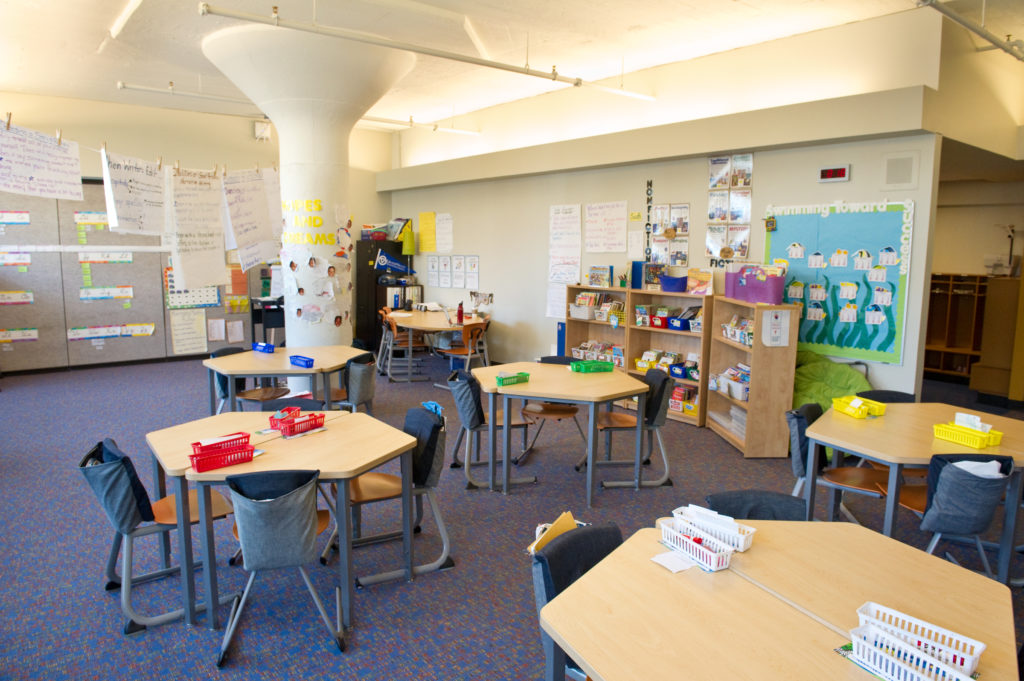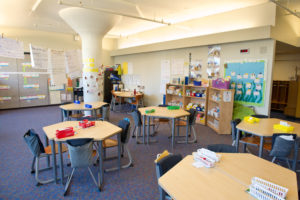
 What’s your vision for your classroom community this year? How do you want the room to look, sound, and feel once the first weeks of school are over? In my last post, I shared a scene that captures some elements of my vision for my own classroom. If you haven’t already, take a few minutes now to conjure up a vision of yourself and your students working together this year.
What’s your vision for your classroom community this year? How do you want the room to look, sound, and feel once the first weeks of school are over? In my last post, I shared a scene that captures some elements of my vision for my own classroom. If you haven’t already, take a few minutes now to conjure up a vision of yourself and your students working together this year.
One reason it’s useful to have a really concrete vision is that, if you’re like me, you’ll start noticing that certain things you’ve been doing may be getting in the way of achieving your goals. Ask yourself why you’re doing those things. Could you make a change that better serves your vision? For instance, I remember realizing that if my vision was for students to work in small groups throughout the day, it might not be necessary for each child to have a desk. Wouldn’t tables be better instead?
Then I started thinking about chairs. I knew that many students would benefit from being able to stand or lie down to work. So did we need to have twenty-five chairs? Were there actually any times when the students all need to be seated in chairs at the same time?
I thought about the community feeling I wanted the classroom to have. If I really wanted students to believe that we are all part of a team working together, shouldn’t we treat supplies as community resources? Did each student really need to have a pencil box filled with their own personal supplies?
Thinking about these sorts of issues helped me make decisions about the classroom environment that supported my vision. It didn’t all happen at once, but I made some big changes: I replaced student desks and my teacher desk with tables, got rid of some of the student-sized chairs, and started having community supplies. I’ll write more about the nuts-and-bolts of those changes soon, but in the meantime, as you start to think about how to make your vision for your classroom come to life, here are a few things to consider:
Considering these questions will help you plan an environment that supports your vision for the classroom community. Take some notes or even try sketching it out. One way is to open a manila file folder (representing your classroom) and use sticky notes (representing furniture) to try out different layouts. I’d love to hear how it goes!
Candace Roberts is a Responsive Classroom consultant, kindergarten teacher in Rhode Island, and Early Childhood Generalist.